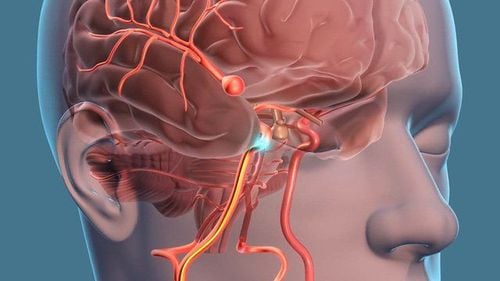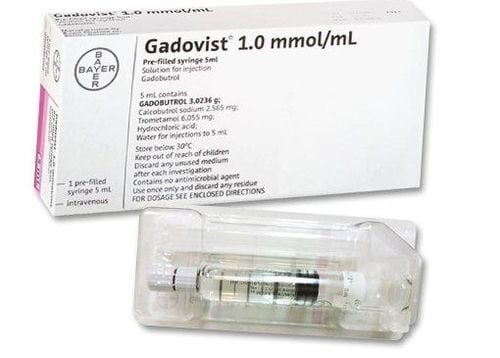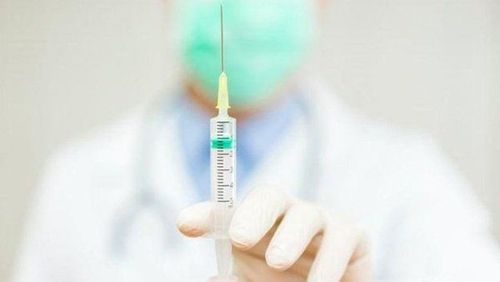This is an automatically translated article.
The article was written by MSc Ton Nu Tra My - Department of Diagnostic Imaging - Vinmec Central Park International General HospitalHysterosalpingography (HSG) is an imaging method that evaluates the shape of the uterus and checks to see if the fallopian tubes are open.
1. Purpose of Hysterosalpingography (HSG)
Assess the shape of the uterus and check whether the fallopian tubes (fallopian tubes, fallopian tubes) are open or not. This method is also used to evaluate some pathologies in the uterus
2. In what cases is this method indicated?
Your doctor will order a hysteroscopy to determine the reason why you are not able to get pregnant. Specifically, this method is used in the following cases:
Suspected blockage of the fallopian tubes due to infection or scarring. Tubal ligation . Reopening of the fallopian tubes after sterilization (tubal ligation) or pathological blockage of the fallopian tubes. To find the cause in case of recurrent miscarriage. Assess for congenital or acquired malformations of the uterus such as tumours, endometrial polyps, uterine adhesions due to infection or medication.
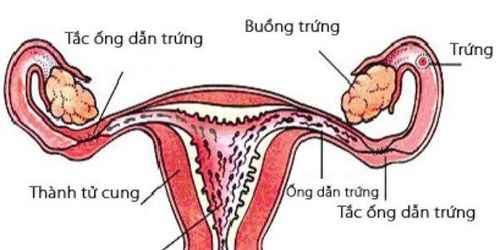
3. What to prepare before hysteroscopy?
Hysterosalpingogram is recommended 7 to 10 days after the first day of menstruation.
Do not perform this procedure if you have an active pelvic infection. Let your doctor and technician know if you have any signs of a pelvic infection, or an untreated STD. You should inform your doctor about any medications you are taking and if you have any allergies, especially to iodinated contrast agents. Also inform your doctor about recent illnesses or other medical conditions.
In some cases, the doctor may prescribe antibiotics before and/or after the procedure.
You will need to wear a hospital gown. Remove any metal objects as metal may interfere with the readings.
You need to inform your doctor and/or technician if you are pregnant. Doctors will not perform this method if you are pregnant.

4. What is the procedure for performing an X-ray of the uterus and fallopian tubes?
This procedure is like a gynecological exam. You will lie on your back on the imaging table with your knees bent, or your feet bent. The doctor will insert the speculum into the vagina, clean the cervix and insert a small catheter specifically for hysterosalpingograms into the cervix, then remove the speculum and carefully place you under the X-ray machine.
The doctor injects contrast material into the uterine cavity and fallopian tubes through the catheter, then takes the necessary images. Your doctor may ask you to change positions during the scan.
After checking that the obtained images are sufficient for the diagnosis, the doctor will remove the catheter and guide you in some post-scanning problems.
This method usually lasts about 30 minutes.
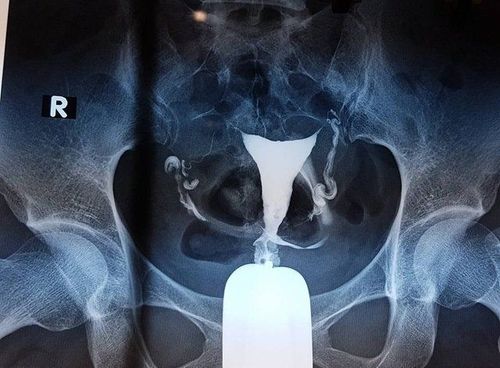
5. What will you experience during and after the procedure?
This procedure may cause some discomfort or mild pain when your doctor inserts the catheter and injects the contrast material. Most women will experience some vaginal discharge for a few days after the scan, which is completely normal.6. What are the benefits of a hysterosalpingogram?
Provides valuable information about the uterus and fallopian tubes, helping to determine the reason why you are having difficulty getting pregnant.
In some cases, small semi-obstructions in the fallopian tubes can be cleared with the injected contrast and you can get pregnant in the future.

7. What are the limitations of hysterosalpingography?
Hysterosalpingography is a method of seeing only the inside of the uterus and fallopian tubes. Your doctor may use an MRI or ultrasound to look at problems with your ovaries, uterine wall, and other pelvic structures.
This method cannot evaluate other infertility problems such as low or abnormal sperm count or inability to implant a fertilized egg in the uterus.
Please dial HOTLINE for more information or register for an appointment HERE. Download MyVinmec app to make appointments faster and to manage your bookings easily.
References: Radiologyinfo.org; RTAnswers.org. Gynecology ontology







